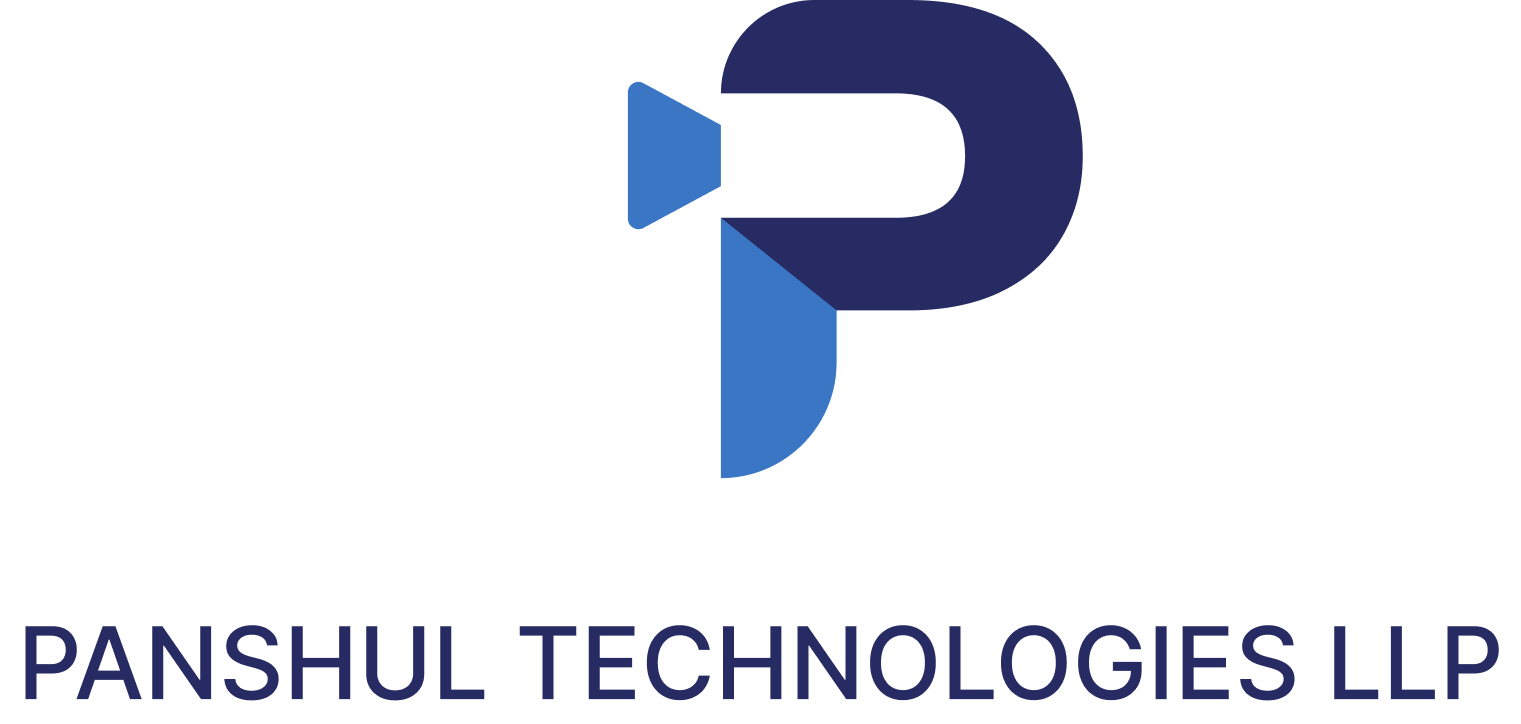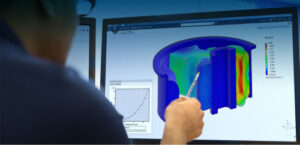Geometric Dimensioning and Tolerancing (GD&T) plays a critical role in ensuring product functionality, manufacturability, and interchangeability. However, traditional 2D drawings often lead to confusion, misinterpretation, and costly errors. SOLIDWORKS MBD brings clarity and context to GD&T by enabling engineers to define tolerances directly on the 3D model.
With SOLIDWORKS MBD, all GD&T symbols are precisely placed and linked to relevant surfaces, features, or edges. This contextual placement makes it easier for machinists and inspectors to understand the intent, reducing the back-and-forth that often plagues conventional documentation. Features like automatic annotation views, customizable templates, and semantic data ensure that tolerances are not only visible but interpretable by software tools downstream.
The 3D annotation capability of MBD supports standards such as ASME Y14.41 and ISO 1101. This ensures that your annotations meet international compliance requirements while delivering practical benefits across the product lifecycle. For instance, CMM machines can directly use this semantic GD&T data for inspection, eliminating manual programming and reducing cycle times.
Furthermore, SOLIDWORKS MBD allows users to organize GD&T data efficiently using annotation folders and views, making navigation simple for reviewers. Inspectors and manufacturers can quickly toggle between functional features and manufacturing-specific annotations, speeding up analysis and improving accuracy.
In high-precision industries like aerospace, automotive, and medical devices, even small deviations can lead to product failure. SOLIDWORKS MBD minimizes these risks by offering unambiguous communication of tolerance requirements. In fact, studies show that organizations implementing MBD-based GD&T have seen up to a 30% reduction in inspection-related rework.
By eliminating the disconnect between engineering and manufacturing, SOLIDWORKS MBD enhances collaboration, quality assurance, and product consistency. It ensures everyone reads the same language—and that language is crystal clear.
In summary, reducing GD&T ambiguity isn’t just about better drawings. It’s about enabling a smarter, clearer, and more connected workflow. With SOLIDWORKS MBD, what was once a point of confusion becomes a cornerstone of precision.


